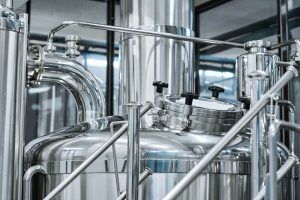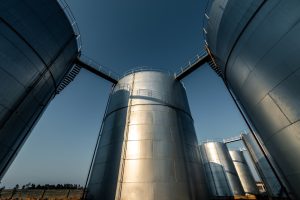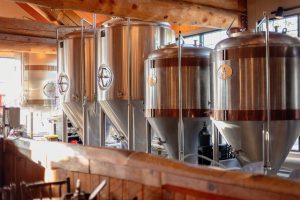On-site fabrication refers to the process of creating, assembling, or constructing components or structures directly at the location where they will be used, rather than in a centralized factory or workshop. This approach is commonly employed in construction, engineering, and various other industries where the size, complexity, or specific requirements of a project make it more practical to carry out the fabrication work on the site itself.
Key features and considerations related to on-site fabrication include:
- Customization: On-site fabrication allows for greater customization to meet the specific needs and dimensions of a particular project. This is especially relevant in construction, where site conditions can vary widely.
- Efficiency: Fabricating components on-site can be more efficient in certain situations, reducing transportation costs and simplifying logistics. It also eliminates the need to transport large, pre-fabricated structures over long distances.
- Adaptability: On-site fabrication provides the flexibility to adapt to changes or modifications during the construction process. This can be important in dynamic projects where design alterations or adjustments are made on-site.
- Project Complexity: Projects with intricate designs, unique specifications, or irregular shapes may benefit from on-site fabrication, as it allows for a more tailored approach to address complex requirements.
- Reduced Lead Time: On-site fabrication can contribute to shorter lead times, as components can be produced and assembled as needed, minimizing delays associated with waiting for pre-fabricated elements to be delivered.
Examples of on-site fabrication in different industries include:
- Construction: On-site fabrication is common in construction projects where steel structures, concrete elements, or other building components are assembled directly at the construction site.
- Oil and Gas: In the oil and gas industry, on-site fabrication may involve the construction of pipelines, processing facilities, or other infrastructure directly at the location of the oil or gas field.
- Infrastructure Development: On-site fabrication can be utilized in the development of roads, bridges, and other infrastructure projects where components are fabricated and assembled on-site.
- Power Plants: Construction and assembly of certain components in power plants, such as turbine structures, may involve on-site fabrication.
On-site fabrication is chosen based on the specific needs of a project, and it offers advantages in terms of customization, adaptability, and efficiency for projects that require a more decentralized approach to fabrication.




